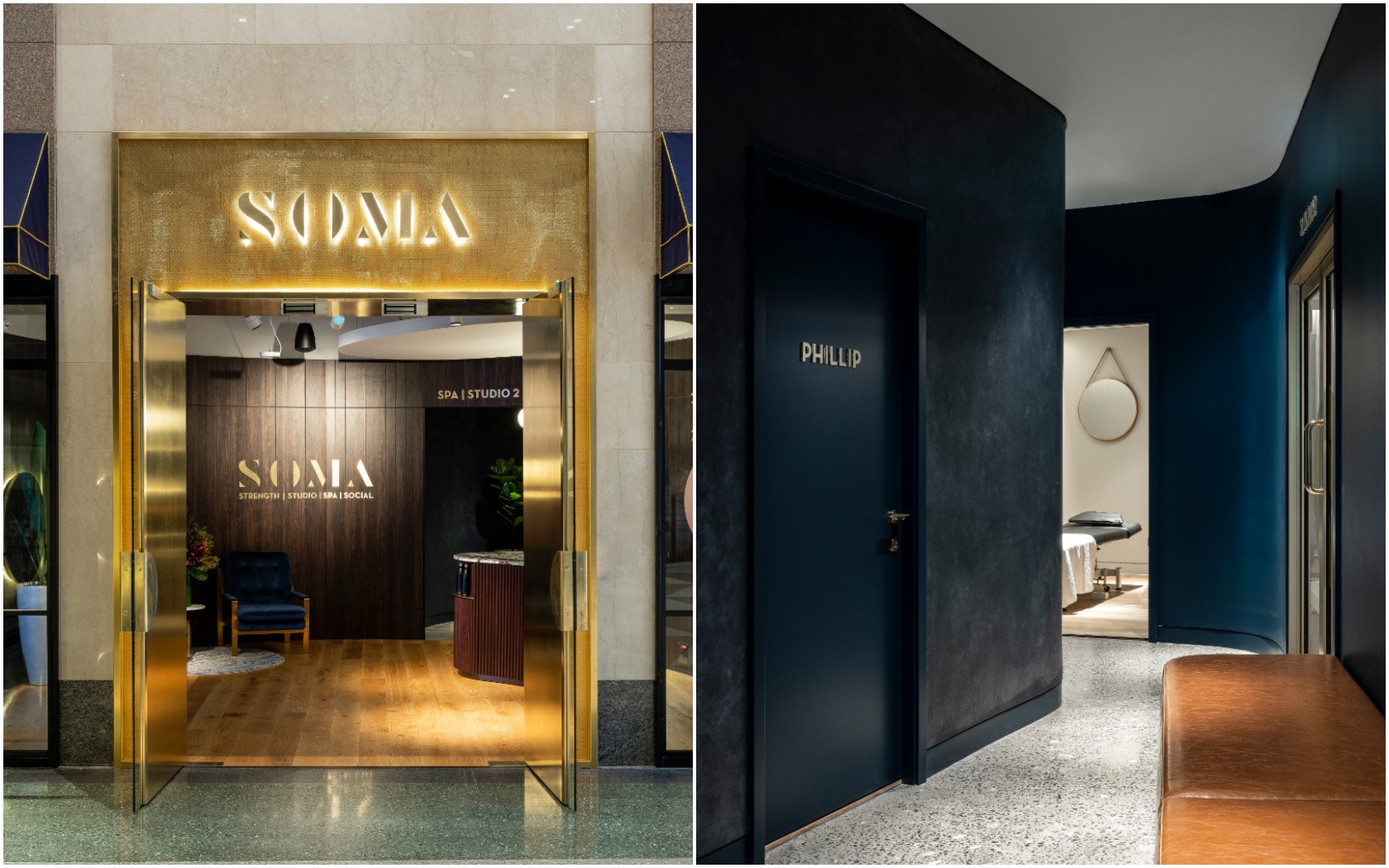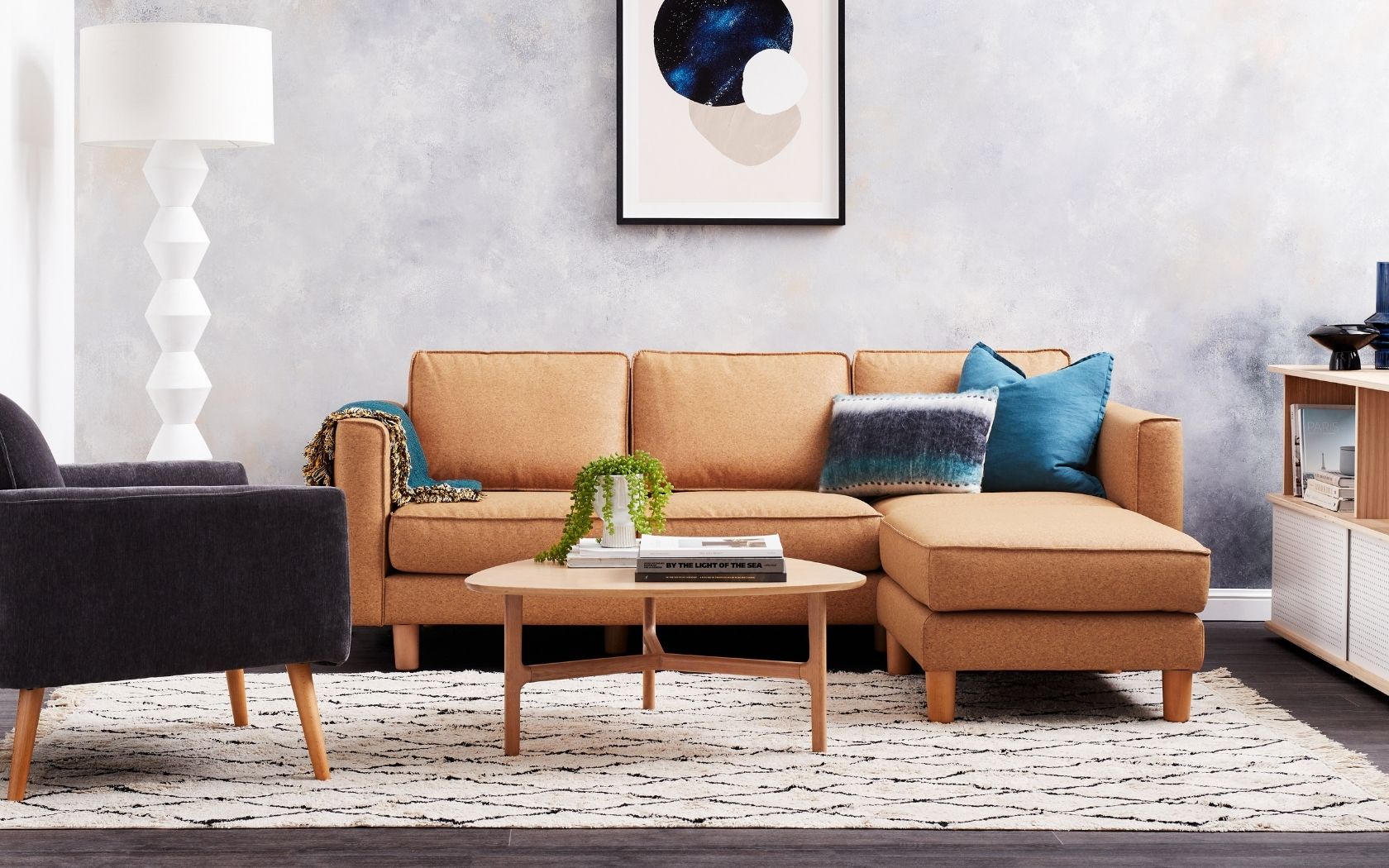We Chatted To A Personal Trainer About The Perfect Home Workout

Alana is the staff writer on AWOL who thinks the…
Self-isolation is a great excuse to not wear pants, never put on makeup and to get takeaway for all your meals, but there’s one thing we shouldn’t ignore while we’re tucked away at home: exercise. With gyms temporarily closed, it’s time for us to embrace the home workout.
Like Britney said, “you’ve gotta work, bitch”, and that’s still true even though the gyms are closed. It’s honestly so rude, but if you want to emerge in a few months with a hot iso body, you need to put in the work now.
Does anyone know how many calories you burn by sliding down a wall crying?
— Aparna Nancherla (@aparnapkin) December 18, 2012
Of course, that’s easier said than done, and it can be hard to know where to begin with a home workout. What can you do if you don’t have any equipment? How can you stay motivated when you’re home alone all day? Do any butt exercises besides squats even exist?
To find out, we chatted to Katie Pitts, a personal trainer who was working at Fitness Playground before *all this* and has since moved to online sessions with her clients. We asked her how to workout at home, what her favourite exercises are, and what household items you can turn into DIY weights.
Here’s how to get results from your home workout, according to a Personal Trainer:
Why is it important to exercise during this time?
“Pure sanity is the first thing that comes to my mind,” Katie explained.
“We tend to associate exercise with fat loss, muscle gain, or building a big booty and a six-pack. But let’s take the opportunity to use it for maintaining or improving our mental health, reducing anxiety and stress, and regaining control in a time of uncertainty.”
Just stopped in the middle of my run to pet a golden retriever puppy, am I doing fitness right?
— Lindsay Holmes (@lindsaygholmes) April 21, 2015
How many days a week should we be exercising?
“Every damn day. Why not?! Most of us have extra time on our hands now, even if it’s just the time we’d usually spend commuting to and from work.”
But of course, that doesn’t mean you should go hard seven days a week. “Break it up so you have a couple of strength-based workouts, a couple of high-intensity sessions, and a couple of days for less structured recovery. This might mean going for a walk, doing a bit of yoga in the park, or spending time learning a new active skill.”
What’s your single favourite exercise for your butt, arms, and abs?
“We can’t target fat loss by body part, but we can work to shape and strengthen these areas,” said Katie. Here are a personal trainer’s favourites exercises:
“Ass: any variation on a glute bridge. I’m talking shoulder-elevated, heel-elevated, single-leg, staggered-leg, weighted, un-weighted, banded, un-banded — the options are endless. Be creative.”
“Abs: think about adding in some core-focused calisthenics into your program. Try a Hollow Body Hold, an L-sit, or a Planche variation to suit your ability.”
“Arms: assisted or un-assisted pull-ups or chin-ups. I don’t care if you’re a complete beginner or an athlete — with the right equipment, there’s a variation for everyone.”
I need a playlist for when I deeply consider going to the gym but then don’t.
— Akilah Hughes (@AkilahObviously) July 2, 2015
What are some household items you can use instead of gym equipment?
Katie said it doesn’t matter if you don’t have any pro equipment in your house.
“Anchor a towel or bed sheet in a doorway or hook it over a tree and you have your very own TRX suspension kit.”
“If you have a backpack and some books you can wear it like a weighted vest, hold it over your head, or swing it like a kettlebell.”
“Find a couple of empty laundry detergent containers (the giant ones) and you have yourself some 2-3kg hand weights. It works with water or wine bottles — whatever you have two of.”
“You can do dynamic core exercises or single leg work by wearing some fluffy socks and sliding on a wooden floor.”
“Find an old pair of tights you don’t use anymore and tie them as tightly as you like. Now you have your very own resistance band.”
How can you make a home workout harder if you don’t have these things?
Just because we can’t stack weights on to a squat rack doesn’t mean our home workout sessions have to be any less challenging.
“Slow down. Finding your squats too easy? Count 3-5 seconds on the way down and pause at the bottom. You’ve just at least doubled the workload without adding any extra weight.”
“Try a staggered or single limb approach to your favourite movements, anything from squats and deadlifts to push ups and rows”
“Add in an isometric hold at the beginning or end of your set. Time spent under tension is time spent working, so adding in an isometric hold is going to be a great way to make your life pleasantly harder.”
“Take out the recovery time. If you want a good little sweat, work more and rest less!”
I go to the gym so infrequently that I still call it the James.
— Alec Sulkin (@thesulk) April 8, 2013
What are some ways to keep yourself motivated and accountable at home?
“I’m not going to lie, it’s a real challenge to keep yourself motivated at home,” Katie admitted.
“Plan your week of exercise. Put it in your diary, just like a meeting. This way you’re much less likely to let it fall off the radar.”
“Take time to set up some solid daily habits. All the things that make you feel good but you’re always saying you’re too busy for, whether that’s training, cooking, or journaling.”
“Find someone to train with. They’re only a Zoom call away.”
“Get a PT! We don’t cost much, but a periodised program and a person to hold you accountable, especially while we’re isolated, goes a long way. We don’t have control over much at the moment, but our mental and physical health is still all ours. Now’s your time to take responsibility for it and come out of this thing stronger and more resilient than when we went in.”
(Lead image: Goran Bogicevic / Shutterstock)
Alana is the staff writer on AWOL who thinks the best way to travel is by taking spontaneous detours and stopping at every local bakery to try the cakes. She writes a lot about Australian TV, Big Things, cursed food, and theme parks. You can follow her on Instagram @alana.dotcom. It’s mostly dogs she meets along the way.








